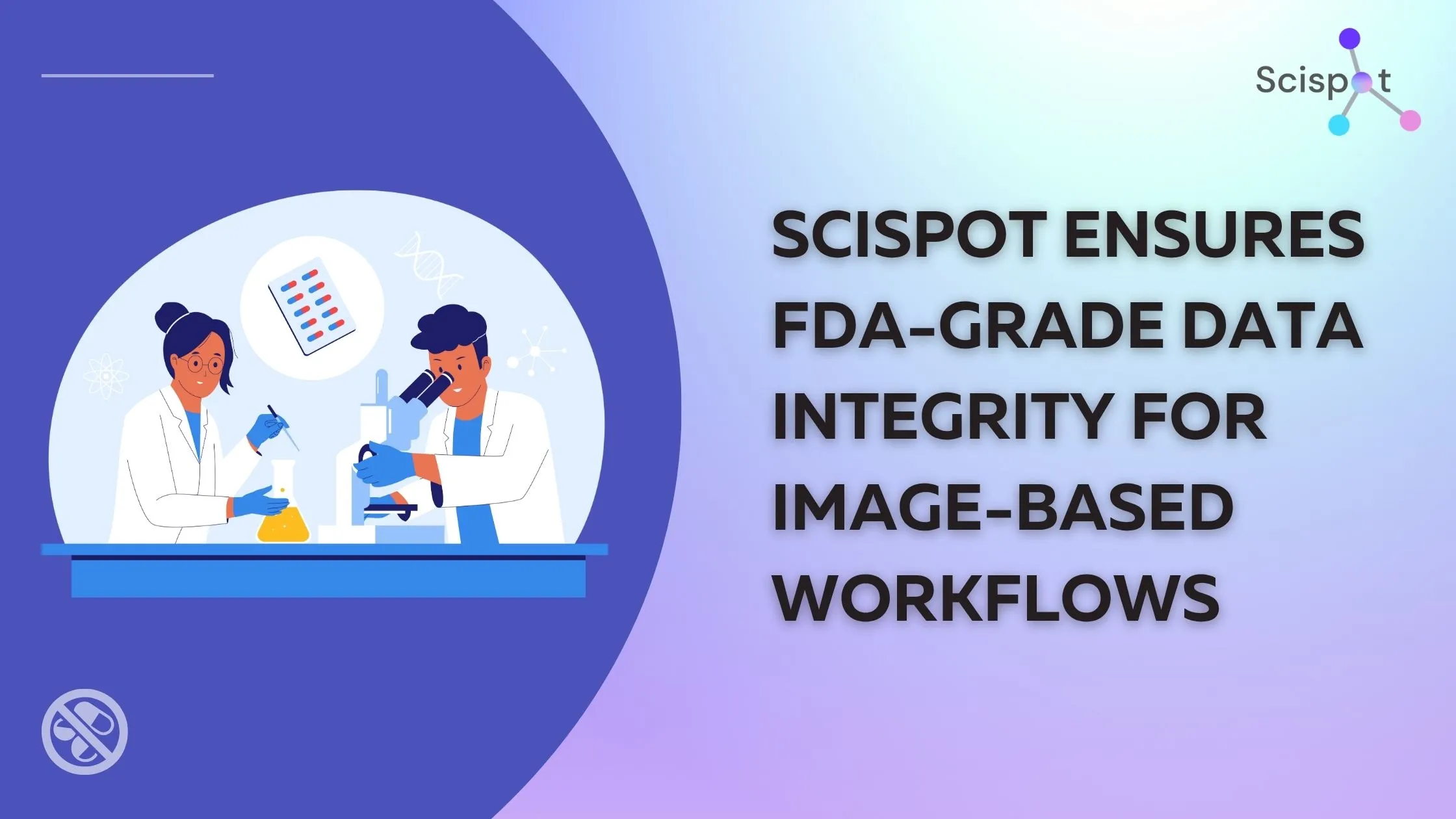Instead of using ChatGPT wrappers, we should create multiple agents that can work together to accomplish complex tasks in biology.
Digital Biology is the ultimate goal, where artificial intelligence and biological systems seamlessly interact and work together to revolutionize the way we understand and manipulate living organisms.
However, in order to reach this goal, we must shift our mindset and redefine our approach to integrating AI into biology.
Before reaching that goal, I think we should make data buried in graveyards like old school ELN and LIMS visible for analysis. We should contextualize this data so humans can easily summarize on insights from their lab notebooks and infrastructure.
This means moving away from simplistic wrappers and towards a more sophisticated and nuanced understanding of how AI can enhance and augment biological processes.
By fostering collaboration between different agents and developing advanced communication systems, we can unlock the full potential of digital biology and pave the way for groundbreaking discoveries and innovations in the field of capturing data.
We don't need more data management platforms. What we need is data orchestration platforms that supports multi-agent conversations.
As part of this new architecture, Scispot is building AI agents that can converse with each other for two use cases:
- Search and Discovery of your data across ELN, LIMS and instruments
- Performing tasks like creating an experiment, protocols, programmatically hitting the secure API without writing a single line of code

So, what is the multi-agent approach?
Agents with their own specialized knowledge that can assist users with searching, discovering, and completing tasks.
First, we help our customers understand their ELN and LIMS data by using embeddings and graphs.
After finishing the above feature, the next step is to create specialized agents for various areas.
These agents should be able to communicate with each other through proactive actions and execution.
Imagine an agent delegating a tasks to other agents with a feedback loop between them. For instance, one agent creating experiments while the other one allocating samples and creating multi-well plates.
Ultimately, the future is building a bio super app like WeChat but for Biology. In a few years time, Scispot's goal is to transform data management into an AI powered multi agent framework.
What other multiple agents would you like to see in Biology? We need an army of agents to serve humanity.
But lets first start with uncovering the data graveyard of ELN and LIMS.
Multi-agent systems are coming for biology and that is the future of lifescience. We now have the computing power of building large scale data infrastructure. However, we need a way to reduce noise to signal ratio that currently exist in all the ELN and LIMS across the world.





.webp)





